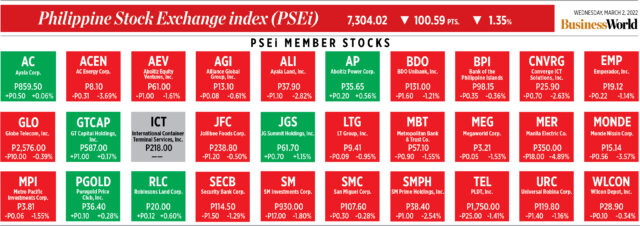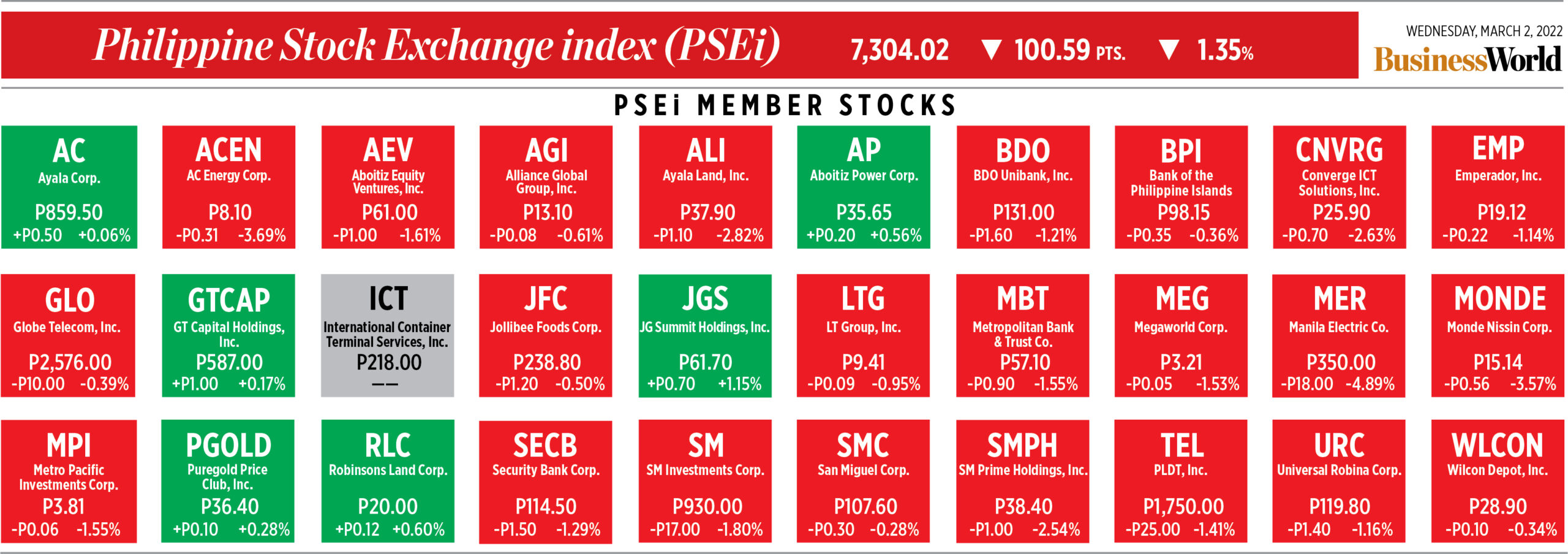PBA all-out in backing Gilas Pilipinas schedule
ASIDE from manpower, Gilas Pilipinas seeks to get a lift from the Philippine Basketball Association (PBA) in terms of schedule leeway as it gears up for a hectic calendar running up until its FIBA World Cup (WC) hosting in 2023.
Gilas team manager Butch Antonio said the team has laid out its full calendar to the PBA with hopes of meshing up with the league’s schedule before trooping to at least four major tournaments.
“The PBA is very much supportive of the program that the Samahang Basketbol ng Pilipinas (SBP) has put forth. We sort of synchronized schedules. We submitted a calendar of events and the PBA looked into it,” said Mr. Antonio in the SEAG Network after a meeting with the PBA.
“There will be more windows of the WC qualifiers, Southeast Asian Games, Asian Games and Asia Cup. Then the PBA will have their conferences and the EASL participation, so all of this have to come together perfectly so we can prepare for the World Cup,” he added.
Gilas has also submitted a wish list of 30 players bannered by majority of pro standouts for its expanded pool on top of the synchronized schedule proposal — all of which must gain nod from the PBA Board of Governors.
“That’s where we are with the PBA. All of this is towards the preparations to come up with the best team possible for the World Cup,” added Mr. Antonio, who was joined by Gilas mentor Chot Reyes in the PBA discussion.
PBA Commissioner Willie Marcial, for his part, has told The STAR the league’s willingness to give an all-out backing to Gilas as he is set to bring up the SBP proposal before the PBA Board on March 7.
Gilas is coming off a split campaign in the February window of the WC Qualifiers against India and New Zealand. Its next stop will be in Hanoi for the 31st SEA Games (SEAG) in May before the next qualifying window in June, the Asia Cup in Indonesia in July and the Asian Games in China in September. — John Bryan Ulanday















